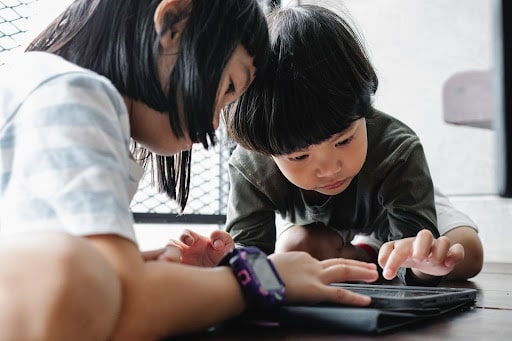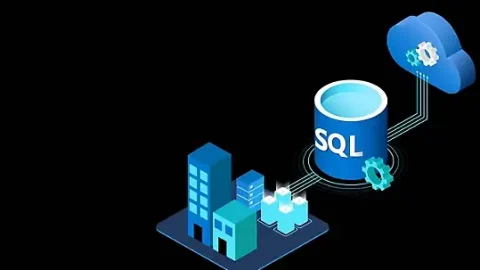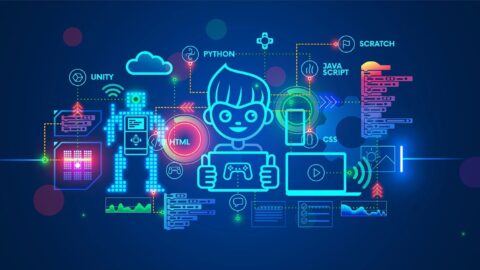The Role of Technology in Preparing Young Children for the Digital Age
As we navigate the new digital age, we must recognize that technology is not a replacement for traditional learning methods. However, it can be a powerful tool for engaging children and promoting active learning. By embracing technology and integrating it into early childhood education, such as with free child care, we can create a learning environment that prepares children for success in the digital age.
Table of Contents
In this article, we will explore the benefits of technology in early childhood education and examine how it can be used to develop critical thinking skills, creativity, and collaboration. We will also look at some challenges of incorporating technology into early childhood education and discuss strategies for overcoming them.
Digital Literacy Skills in Childhood Education via Technology
The ability to navigate technology is no longer a luxury but a necessity. Young children are growing up in a world where technology is integral to daily life.
Technology is everywhere, from smartphones and tablets to computers and interactive whiteboards, and its use is only increasing. As a result, it is crucial to prepare young children for the digital age and equip them with digital literacy skills that will enable them to succeed in the future.
What are the digital literacy skills in Childhood Education?
Digital literacy skills encompass a wide range of competencies that enable individuals to interact effectively with technology. These skills include using digital devices, navigating the internet, creating and sharing digital content, and communicating through digital platforms. Developing these skills in young children is critical, as it lays the foundation for success in the future.
There are many ways in which technology can be used to develop digital literacy skills in young children. For example, interactive games and apps can teach basic computer skills such as mouse control and keyboarding. Educational software can also be used to develop skills such as problem-solving, critical thinking, and creativity.
In addition to software and apps, technology can also be used to facilitate communication and collaboration among young children. Video conferencing software such as Zoom or Skype can connect children with peers from other schools and countries, allowing them to learn about different cultures and perspectives. This interaction also teaches children how to communicate effectively in a digital environment, an essential skill in today’s interconnected world.
Another critical aspect of digital literacy is the ability to discern the quality and reliability of digital content. With the vast amount of information available online, it is essential to teach young children how to identify reliable sources and evaluate the accuracy of information.

Enhancing Creativity in Childhood Education via Technology
Technology in early childhood education can help foster creativity in young children. Through various digital tools, children can explore and express their ideas innovatively.
Digital Art Tools for Childhood Education
Digital art tools provide children with a new medium to explore their creativity. These tools are often intuitive and easy to use, allowing children to create visually stunning works of art. So, digital art tools offer an endless array of colors, shapes, and textures, providing children with endless opportunities to explore their creativity.
Digital Storytelling
Digital storytelling is another way to enhance creativity in young children. Children can create their stories through digital tools, adding pictures, sound effects, and music. Digital storytelling allows children to express themselves in new ways, using technology to enhance their ideas.
Virtual Worlds
Virtual worlds are immersive digital environments that allow children to explore, play, and create in a safe and controlled environment. These worlds often include various activities, such as games, puzzles, and challenges, encouraging children to think creatively and use their imaginations.
Robotic Toys
Robotics is another exciting way to encourage creativity in young children. Robotic toys can be programmed to move and interact in various ways, encouraging children to experiment and problem-solve to achieve their desired outcome. Robotics can also give children a basic understanding of engineering concepts and technology.
Multimedia Creation Tools
Multimedia creation tools offer a way for young children to express themselves creatively and develop their digital literacy skills. These tools allow children to create and edit videos, photos, and other multimedia content, as well as to add music, sound effects, and other elements to their projects.
Tools for Success in Childhood Education
Technology offers a variety of tools and resources that can be used to prepare young children for success in the digital age. These tools can help children learn and explore new concepts, build digital literacy skills, and develop a sense of curiosity and wonder about the world around them.
Online Learning Platforms for Childhood Education
Online learning platforms provide a wealth of educational resources and materials for young children. These platforms can offer interactive lessons, videos, quizzes, and access to digital libraries and other learning tools.
Educational Apps and Games
Educational apps and games are a great way to engage young children and help them learn while they play. These tools can be used to teach children a variety of subjects, from math and science to language and social skills.
Interactive Whiteboards
Interactive whiteboards are an excellent tool for classroom learning, as they allow teachers to create interactive lessons that engage and involve young children. These boards can be used to display videos, images, and other multimedia elements, and can be used for group activities and discussions.
Coding Tools

Coding tools can be used to help young children develop their problem-solving and critical thinking skills, as well as their understanding of computer programming concepts. These tools can teach children the basics of coding and programming, using age-appropriate materials and activities.
Conclusion on Technology and Childhood Education
It’s important to remember that while technology can be a powerful tool, it should always maintain the importance of hands-on learning experiences, social interaction, and physical activity in the classroom. Instead, technology is an additional resource that can enhance and enrich the learning experience for young children for their childhood education.
As we continue to navigate the ever-changing landscape of education and technology, it’s essential to keep in mind that the ultimate goal is to prepare our children for success in the future. With the right approach, tools, and resources, we can ensure they have the skills and knowledge to thrive in an increasingly digital world.

Brantlee Bhide is a project manager at HB Consultancy. She has 16 years of experience working as a project professional across varying industries, countries, and cultures. She operates in both business and technical domains using an approach that she developed.











This blog sheds light on the vital role of technology in preparing young children for the digital age. It emphasizes the need for a balanced approach, where technology is utilized as a tool to enhance learning, creativity, and critical thinking skills. It highlights how digital literacy can empower children to thrive in a technology-driven world while promoting responsible and mindful usage. Thank you for sharing this informative article with us. I would like to read more on these topics in the future as well.